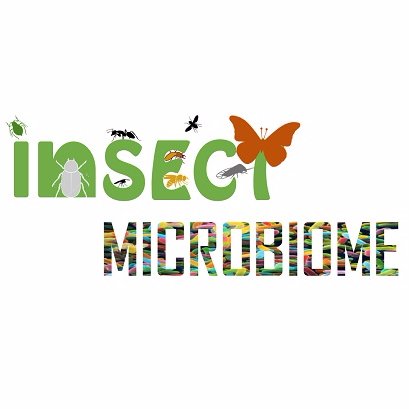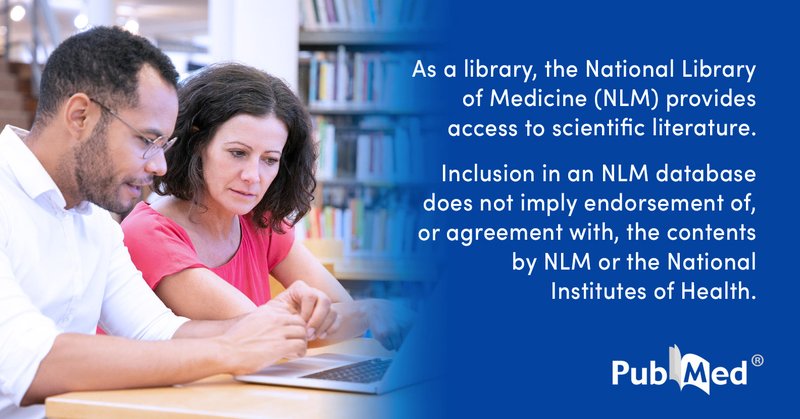
Insect Microbiome
@insect_microbes
Followers
787
Following
674
Media
1
Statuses
8K
Latest coverage on #INSECTS and #MICROBIOME research, both basic and applied, host and microbes. Tweetbot by Adam CN Wong lab @WInsectMicrobes
Joined December 2016
Impact of diet and bacterial supplementation regimes on Orius strigicollis microbiota and life history performance. https://t.co/LRFOI9qu7u
0
0
1
Blanking on Blanks: Few Insect Microbiota Studies Control for Contaminants - A Systematic Review
0
2
1
What does your gut tell you? Influences of a zombie-making and generalist fungal entomopathogen on carpenter ant micro- and mycobiota
0
0
0
Comparative Metagenomics Provide Mechanistic Insights into the Biodegradation of the Non-hydrolysable Plastic Polyvinyl Chloride in Gut Microbiota of Insect Larvae
biorxiv.org
Using microbiomes to mitigate global plastic pollution is of paramount importance. Insect microbiomes have garnered emerging interest for their ability to biodegrade non-hydrolysable plastic polyme...
0
2
5
Two functional CC-NBS-LRR proteins from rye chromosome 6RS confer differential age-related powdery mildew resistance to wheat
pubmed.ncbi.nlm.nih.gov
Rye (Secale cereale), a valuable relative of wheat, contains abundant powdery mildew resistance (Pm) genes. Using physical mapping, transcriptome sequencing, barley stripe mosaic virus-induced gene...
0
0
0
'Bingo'-a large language model- and graph neural network-based workflow for the prediction of essential genes from protein data
pubmed.ncbi.nlm.nih.gov
The identification and characterization of essential genes are central to our understanding of the core biological functions in eukaryotic organisms, and has important implications for the treatment...
0
0
1
Epidemiological analysis of anaplasmosis in cattle from Khyber Pakhtunkhwa, Pakistan
pubmed.ncbi.nlm.nih.gov
Anaplasmosis can be effectively controlled using a comprehensive approach encompassing selective breeding for resilience, targeted care of young calves and females, effective tick control during...
0
0
0
A review of the impact of herbicides and insecticides on the microbial communities
pubmed.ncbi.nlm.nih.gov
Enhancing crop yield to accommodate the ever-increasing world population has become critical, and diminishing arable land has pressured current agricultural practices. Intensive farming methods have...
0
0
1
Gene expression plasticity facilitates different host feeding in Ips sexdentatus (Coleoptera: Curculionidae: Scolytinae)
pubmed.ncbi.nlm.nih.gov
Host shift is ecologically advantageous and a crucial driver for herbivore insect speciation. Insects on the non-native host obtain enemy-free space and confront reduced competition, but they must...
0
0
0
Correction: Transcriptional insights of citrus defense response against Diaporthe citri
pubmed.ncbi.nlm.nih.gov
Correction: Transcriptional insights of citrus defense response against Diaporthe citri
0
0
0
Identification of key yeast species and microbe-microbe interactions impacting larval growth of Drosophila in the wild
pubmed.ncbi.nlm.nih.gov
Microbiota consisting of various fungi and bacteria have a significant impact on the physiological functions of the host. However, it is unclear which species are essential to this impact and how...
0
0
3
Microsporidia persistence in host impairs epithelial barriers and increases chances of inflammatory bowel disease
pubmed.ncbi.nlm.nih.gov
Microsporidia are intracellular fungus-like pathogens and the infection symptoms include recurrent diarrhea and systematic inflammations. The major infection route of microsporidia is the digestive...
0
0
0
Unveiling the Slippery Secrets of Saliva: Effector Proteins of Phloem-Feeding Insects
pubmed.ncbi.nlm.nih.gov
Phloem-feeding insects include many important agricultural pests that cause crop damage globally, either through feeding-related damage or upon transmission of viruses and microbes that cause plant...
0
0
0
Exogenous Melatonin Regulates Plant-Disease Interaction by Inducing Maize Resistance and Decreasing the Pathogenicity of Fusarium graminearum
pubmed.ncbi.nlm.nih.gov
Plants cannot avoid environmental challenges and are constantly threatened by diverse biotic and abiotic stresses. However, plants have developed a unique immune system to defend themselves against...
0
0
0
Whole-Brain Electrophysiology in Drosophila during Sleep and Wake
pubmed.ncbi.nlm.nih.gov
Sleep studies in Drosophila melanogaster rely mostly on behavioral read-outs to support molecular or circuit-level investigations in this model. Electrophysiology can provide an additional level of...
0
0
0
Knockout of the virus replication-related genes UbEF1B and CCR4/NOT3 by CRISPR/Cas9 confers high-efficiency and broad-spectrum resistance to geminiviruses in Nicotiana benthamiana
pubmed.ncbi.nlm.nih.gov
Knockout of the virus replication-related genes UbEF1B and CCR4/NOT3 by CRISPR/Cas9 confers high-efficiency and broad-spectrum resistance to geminiviruses in Nicotiana benthamiana
0
0
0
Chromosome-level genome assembly of the aster leafhopper (Macrosteles quadrilineatus) reveals the role of environment and microbial symbiosis in shaping pest insect genome evolution
pubmed.ncbi.nlm.nih.gov
Leafhoppers comprise over 20,000 plant-sap feeding species, many of which are important agricultural pests. Most species rely on two ancestral bacterial symbionts, Sulcia and Nasuia, for essential...
0
0
0
UV-LASER adjuvant-surfactant facilitated delivery of mobile dsRNA to tomato plant vasculature and evidence of biological activity by gene knockdown in the potato psyllid
pubmed.ncbi.nlm.nih.gov
Results indicated that UV-LASER adjuvant/surfactant treatments facilitated the delivery of mobile, biologically active dsRNA molecules to the plant vasculature. © 2023 The Authors. Pest Management...
0
0
0
The Global Impact of COVID-19: Historical Development, Molecular Characterization, Drug Discovery and Future Directions
pubmed.ncbi.nlm.nih.gov
In December 2019, an outbreak of a respiratory disease called the coronavirus disease 2019 (COVID-19) caused by a new coronavirus known as severe acute respiratory syndrome coronavirus 2 (SARS-CoV-2)...
0
0
0



